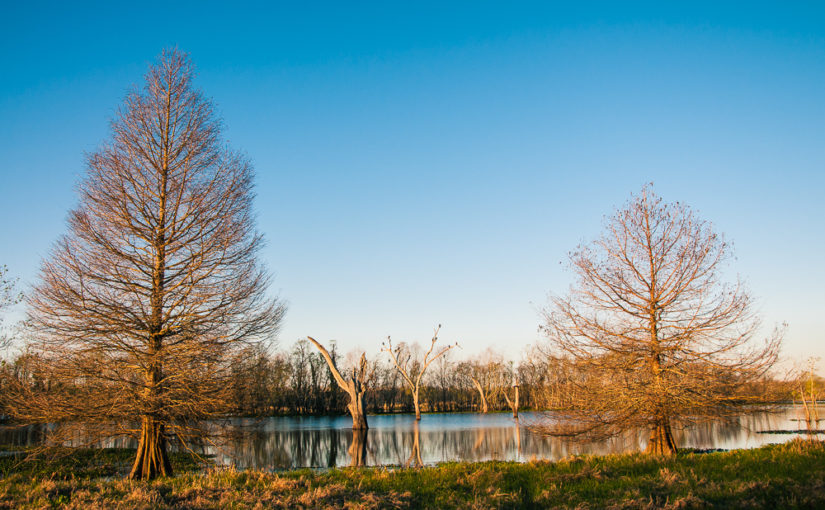-
Brazos Bend State Park: Sunrise Birding #2

This day, the destination was Elm Lake. Jason decided to come along (and bring his camera), which meant we were a little later than expected, but also that we could capture a little bit more of what we were seeing. Janey was already counting birds when we got there, and I joined her at the…
-
Brazos Bend State Park: Sunrise Birding #1
It was early in the morning on a Saturday, and the park wasn’t officially open yet. My friend Janey and I are walking in that slow, quiet gait that birders develop along the southeast section of 40 Acre Lake, scanning the tree tops for signs of the Barred Owl that has been spotted out there.…
-
Bastrop State Park: Lichen What We See
It’s a crisp February morning at Bastrop State Park, and our family is clustered around a park host named Ann with a dozen other explorers, listening to the story of the park’s recovery from the devastating fire of 2011. It is Ann’s first day in the role of interpreting this story, and so she has…